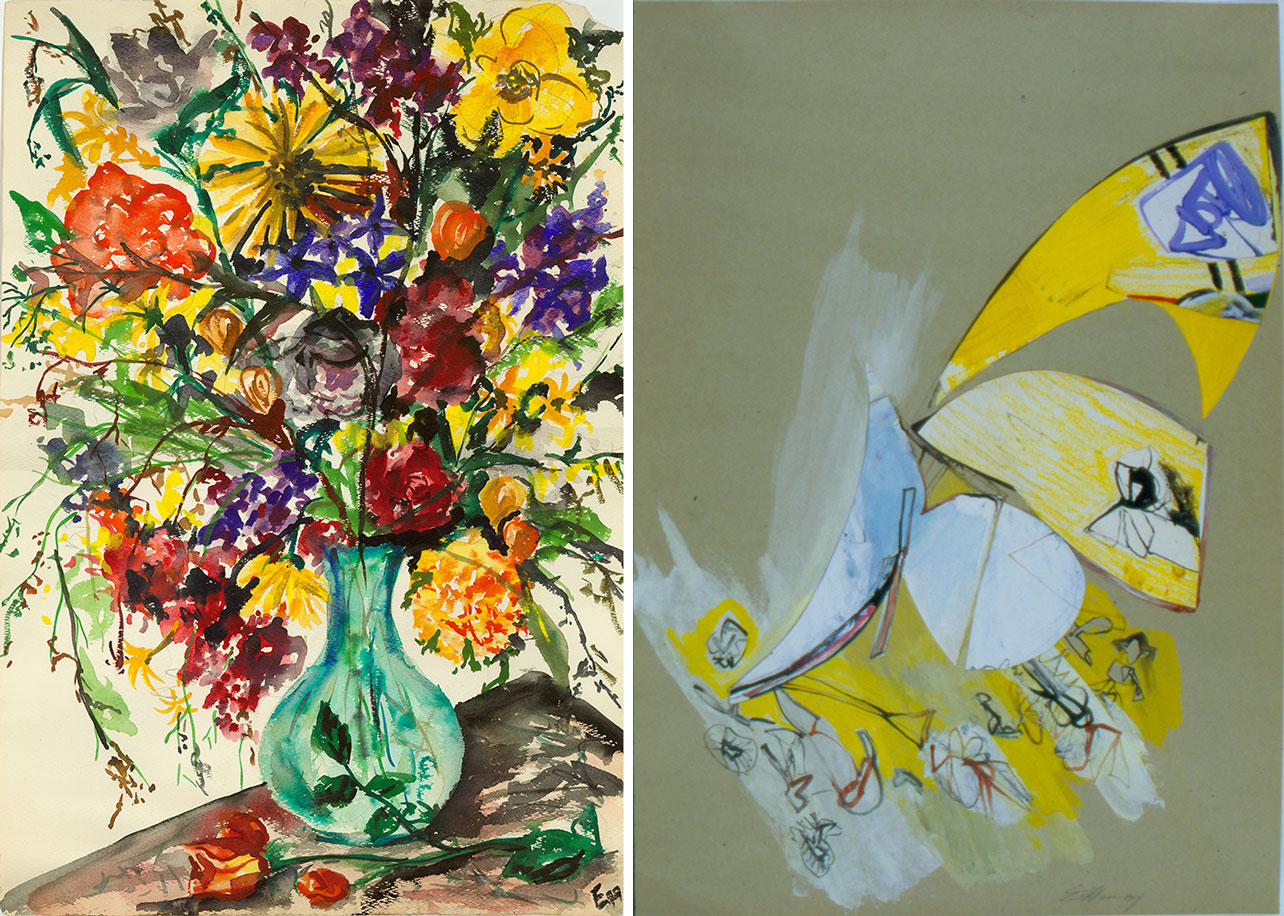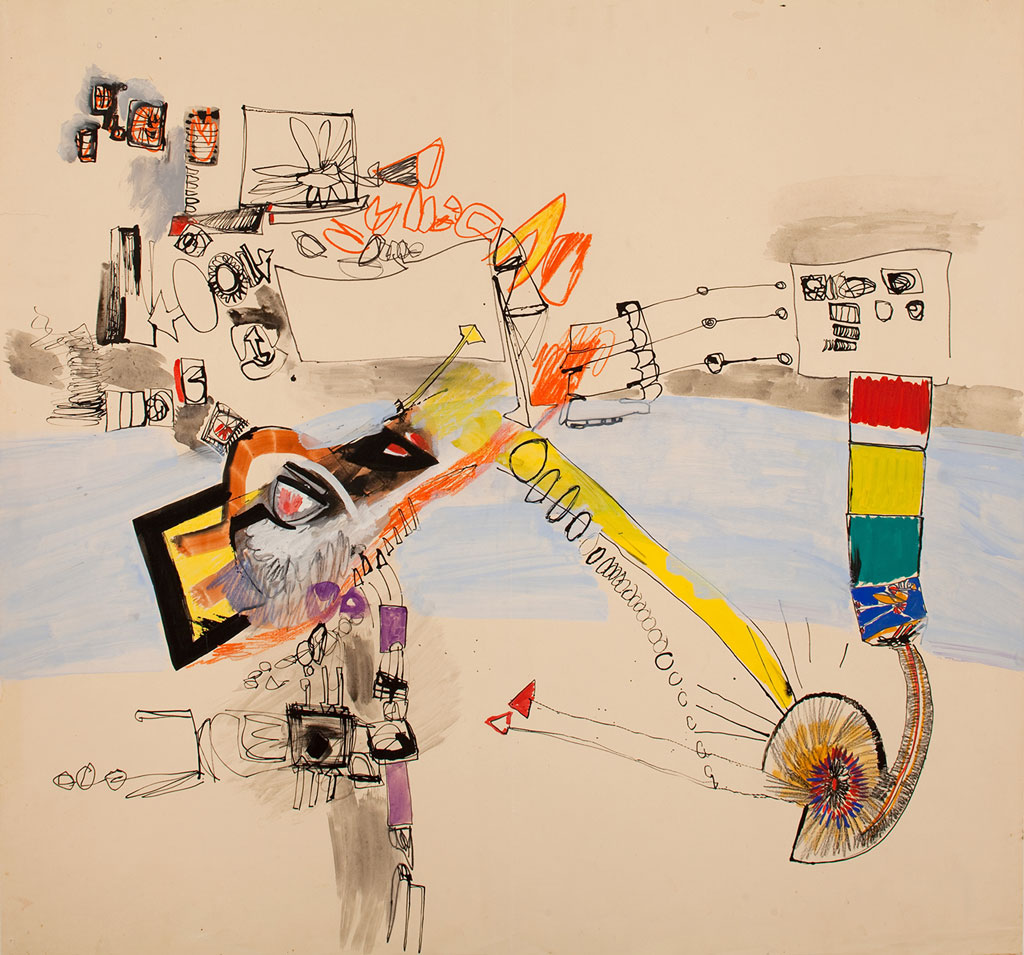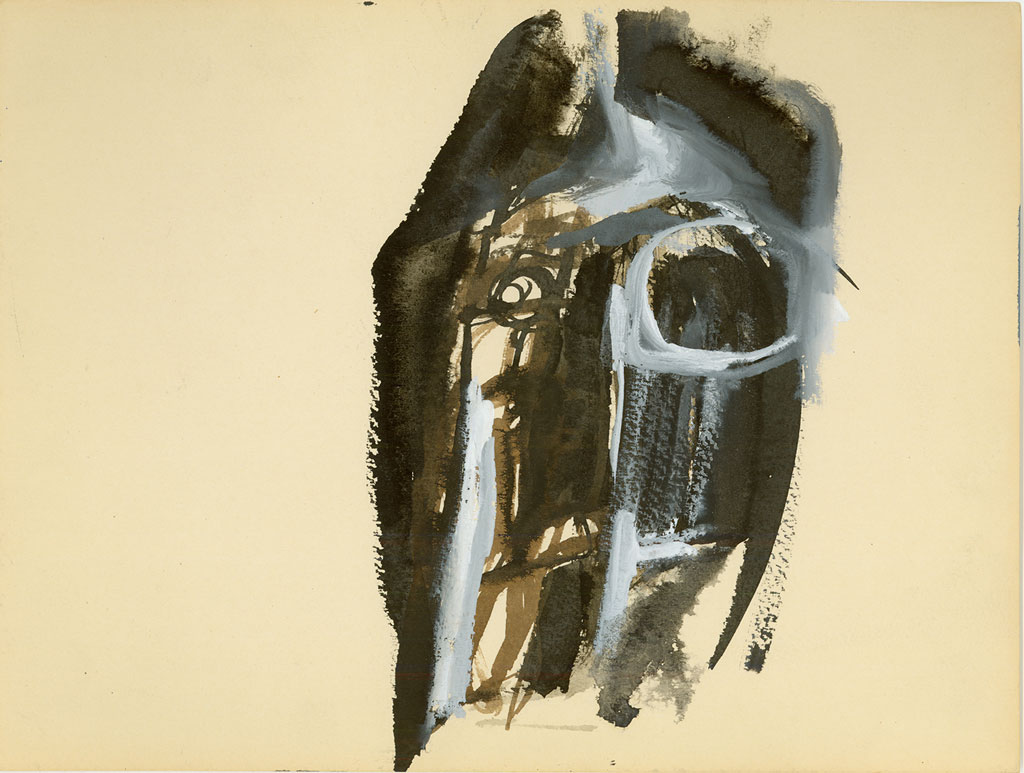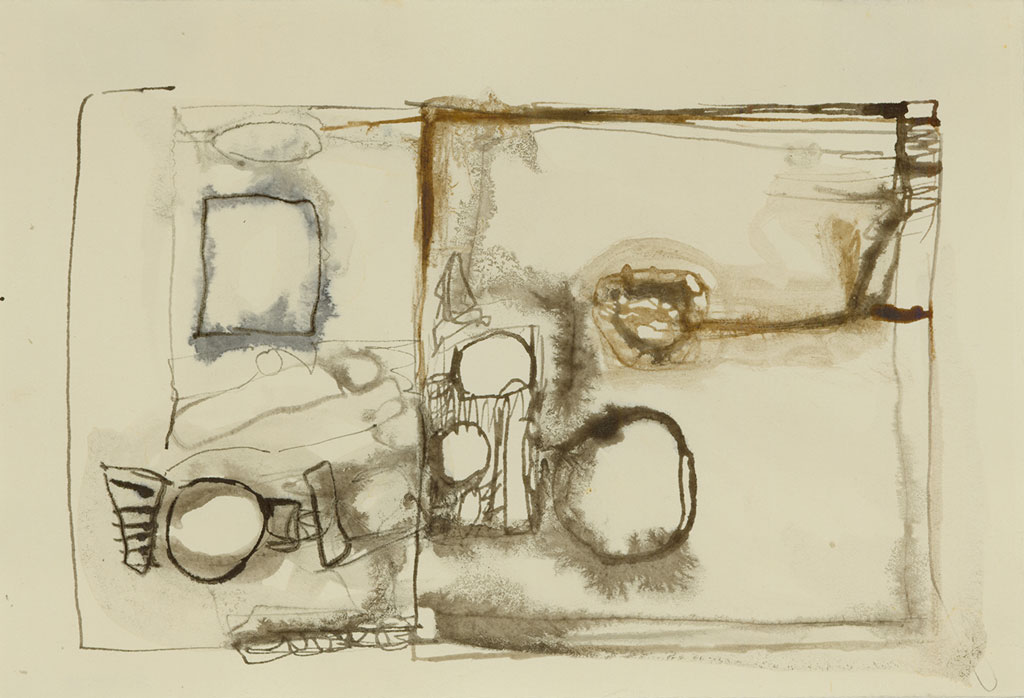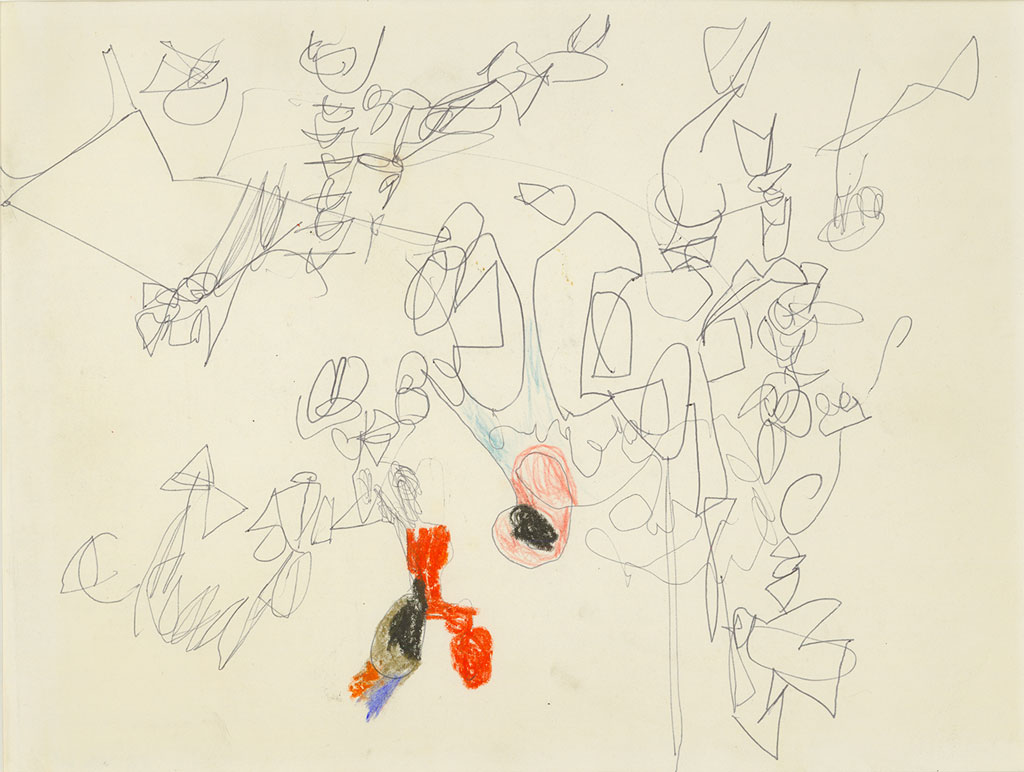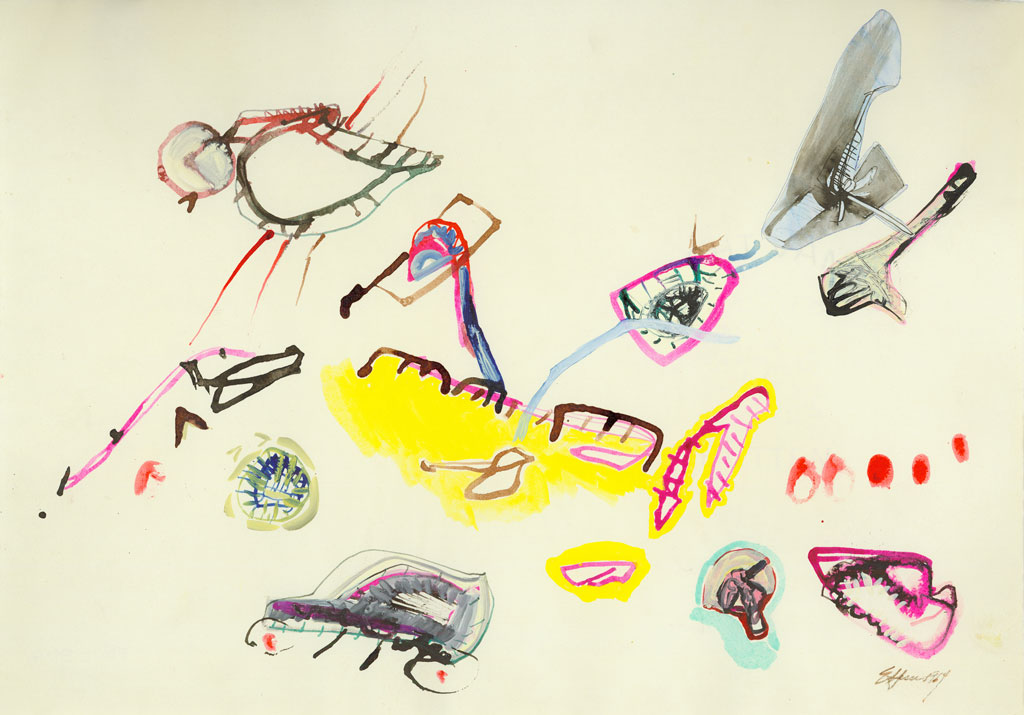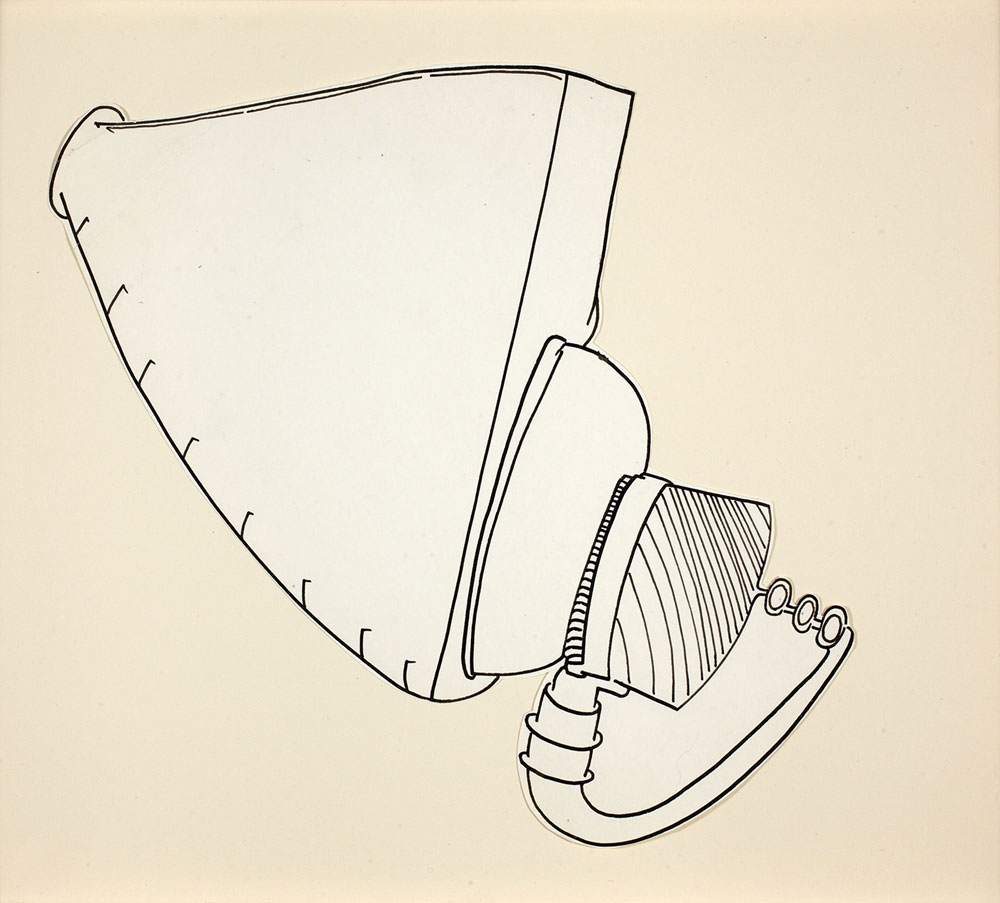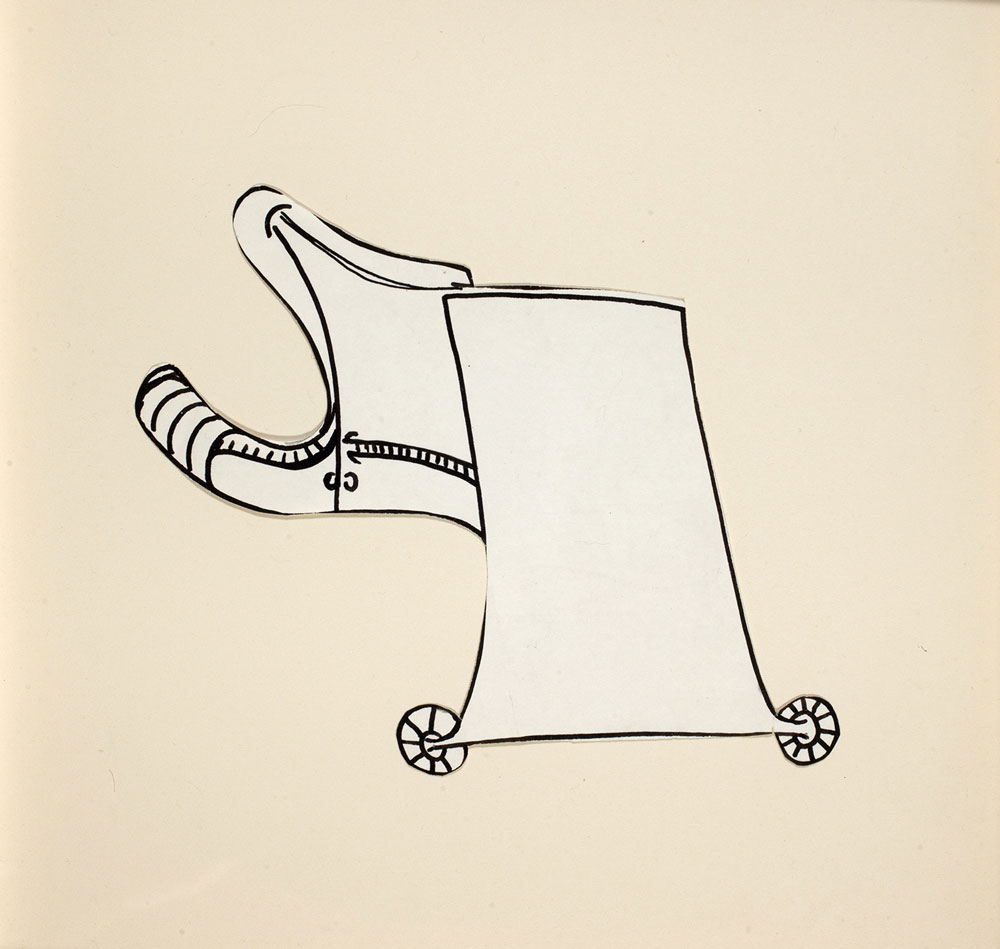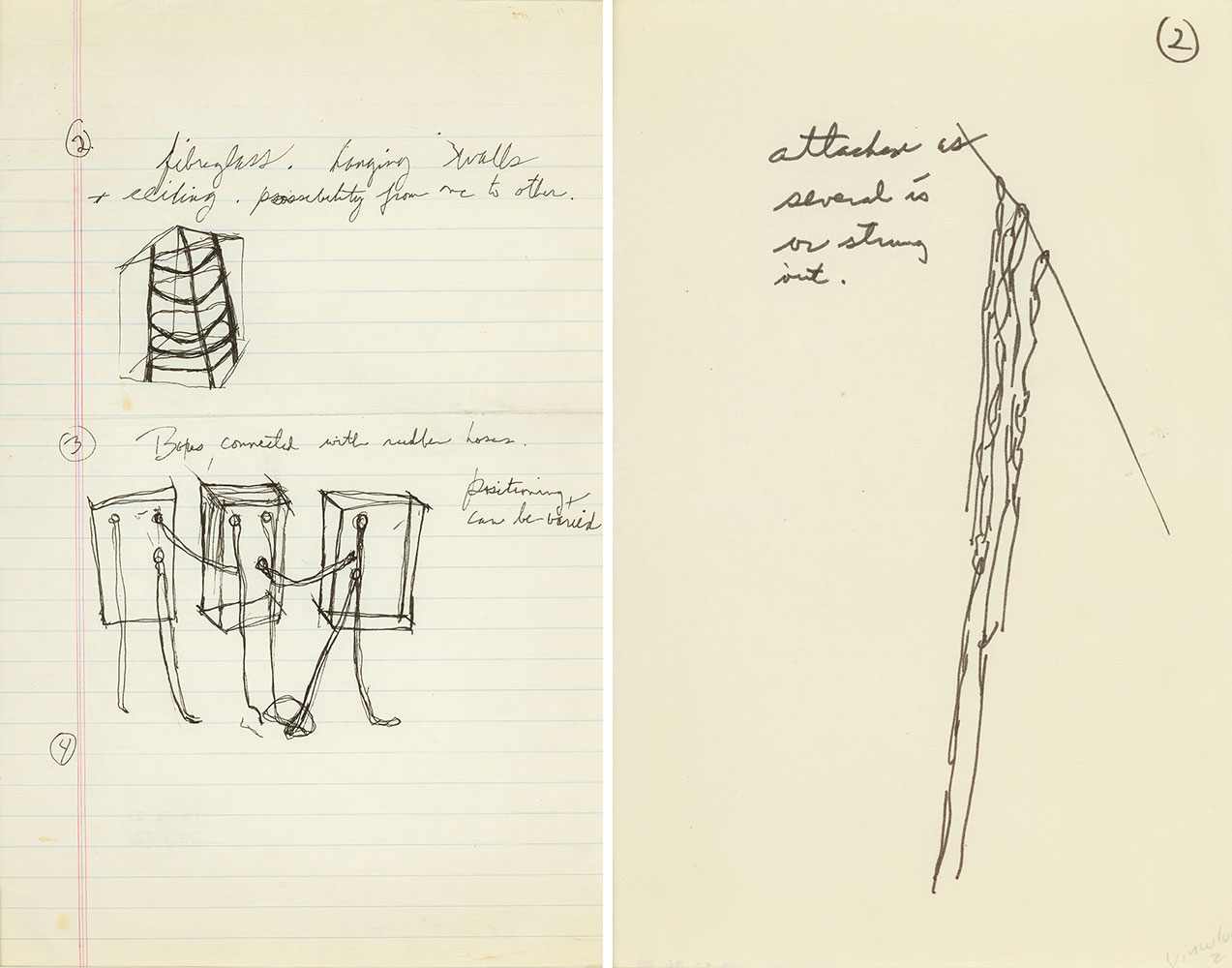ART CITIES:Vienna-Eva Hesse
 Eva Hesse was one of the icons of American art in the 1960s, her work being a major influence on subsequent generations of artists. Hesse cultivated mistakes and surprises, precariousness and enigma, in an effort to make works that could transcend literal associations. The objects she produced, at once humble and enormously charismatic, came to play a central role in the transformation of contemporary art practice.
Eva Hesse was one of the icons of American art in the 1960s, her work being a major influence on subsequent generations of artists. Hesse cultivated mistakes and surprises, precariousness and enigma, in an effort to make works that could transcend literal associations. The objects she produced, at once humble and enormously charismatic, came to play a central role in the transformation of contemporary art practice.
By Efi Michalarou
Photo: mumok Archive
In New York in the 1960s, Eva Hesse was among a group of artists, including Robert Morris, Bruce Nauman, Richard Serra and Robert Smithson, who engaged materials that were originally soft and flexible: aluminum, latex rubber, plastic, lead, polythene, copper, felt, chicken-wire, dirt, sawdust, paper pulp and glue. Often unstable, these elements yielded works forever alive in their relativity and mutability. Hesse was aware she produced objects that were ephemeral, but this problem was of less concern to her than the desire to exploit materials with a temporal dimension. The exhibition “Forms Larger and Bolder: Eva Hesse Drawings” is exclusively to Eva Hesse’s works on paper. On view is a selection of 70 works from the Allen Memorial Art Museum at Oberlin College, Ohio, which is also home to the Eva Hesse Archives. Early works on view range from geometric and biomorphic abstractions to figure drawings and still lifes that date from around her time as an art student at Pratt, Cooper Union, and Yale, where she studied under the direction of Josef Albers and Rico Lebrun. By the early 1960s, Hesse had begun to work with a variety of media including ink, gouache, and watercolor, producing small, poetic drawings in shades of brown, black, and white ink. In 1962, a marked shift occurred as Hesse began to incorporate graphite, colored pencil, and collage into her drawings. In these works, the artist’s earlier soft organic forms are replaced by idiosyncratic geometries, bursts of color, and frenetic lines that fill asymmetrical and layered sheets of papers. A sense of playfulness and experimentation emerges as Hesse integrates quotidian shapes – stars, arrows, cubes, and spirals – into complex and frenzied compositions. A series of untitled drawings dated to 1964 signal another significant moment of development in Hesse’s drawing practice. Invited by the industrialist and collector Friedrich Arnhard Scheidt, Hesse’s sculptor husband Tom Doyle took up a temporary residency in Germany, sharing a studio with Hesse in a disused part of Scheidt’s textile factory. The first drawings Hesse made in Germany are collages in an abstract expressionist mode or as she called them “wild space” in a letter dated 18/3/1965 to her friend Sol LeWitt. Subsequent drawings became increasingly more structured, as Hesse filled the picture plane with grid-like patterns, squares, and machine-like elements. As these drawings evolved, Hesse liberated herself from the constraints of space, turning to crystalline, linear “machine drawings” inspired to some degree by the parts she found lying around Scheidt’s factory. Hesse described this phase of formal reduction to LeWitt as “Drawings—clean, clear—but crazy like machines forms larger + bolder articulately described so it is weird they become real nonsense”. These drawings would eventually lead to the three-dimensional reliefs that mark the decisive breakthrough towards sculpture in her work. The exhibition also features a selection of working sketches and diagrams dated from 1967 to 1970, that shed light on some of Hesse’s most significant sculptures. Working simultaneously in both drawing and sculpture, she listed measurements, inventories, and descriptions alongside renditions of the sculptural works. Created before, during, and after their correlating sculptures, these drawings served both as a means of developing a working process and of visualizing ideas in a direct and intuitive manner. Together, these works offer a glimpse into Hesse’s transformation of line into three-dimensions.
Info: Curators: Manuela Ammer and Barry Rosen, Assistant Curator: Andrea Gyorody, mumok (Museum moderner Kunst Stiftung Ludwig Wien), Museumsplatz 1, Vienna, Duration: 16/11/19-16/2/20, Days & Hours: Mon 14:00-19:00, Tue-Wed & Fri-Sun 10:00-19:00, Thu 10:00-21:00, www.mumok.at
